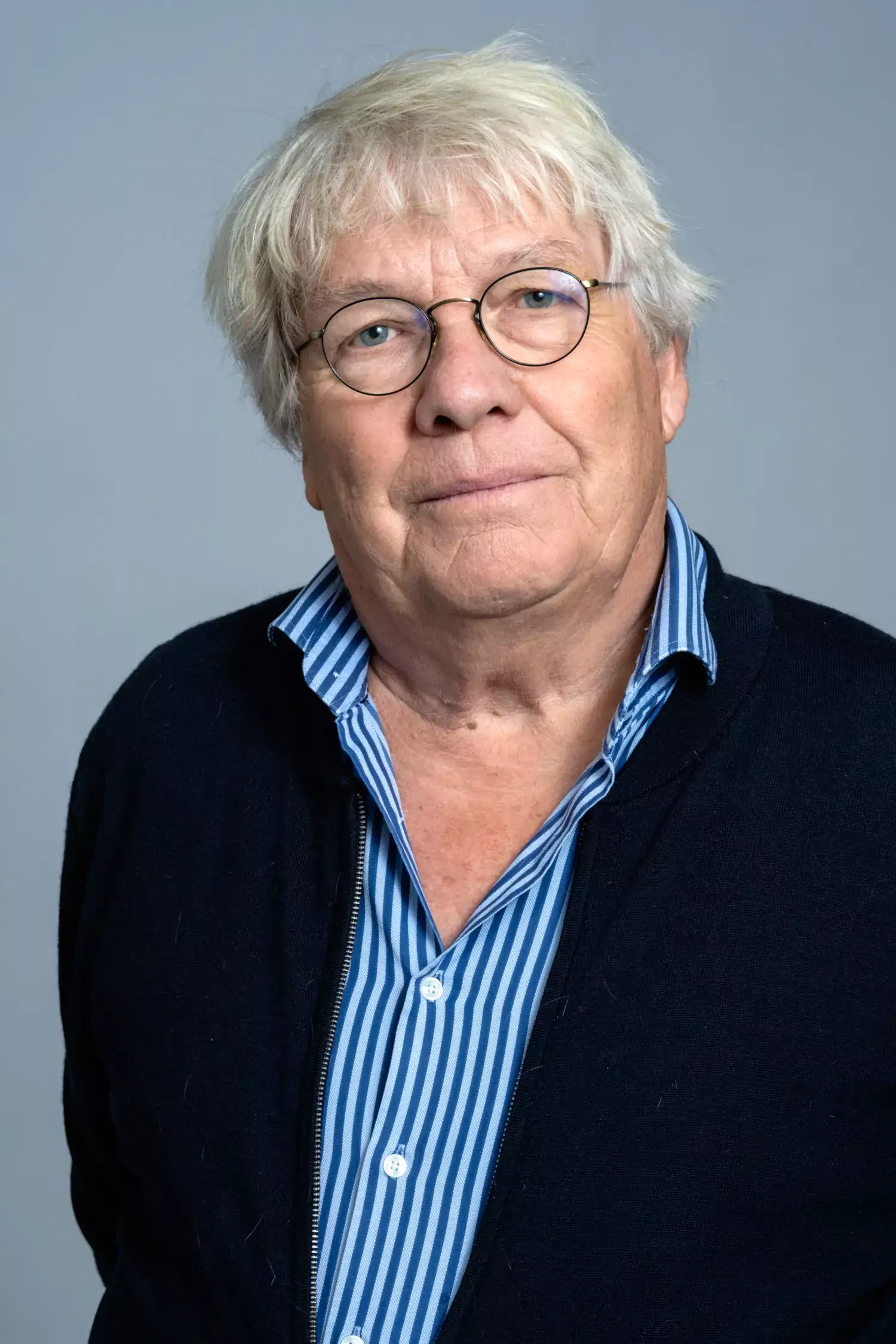Mini-livers and the hunt for new drugs to treat fatty liver disease
Professor Magnus Ingelman-Sundberg has come up with a way to produce tiny livers, called liver spheroids.
Magnus Ingelman-Sundberg is Professor of Molecular Toxicology at the Department of Physiology and Pharmacology at Karolinska Institutet.

Text: Annika Lund; for the magazine Medicinsk Vetenskap nr 4 2023 / Spotlight on the liver
How are these mini-livers created?
"We initiate the process with donated human liver cells. Subsequently, we strategically implant them into 96 well plates – a technique we metaphorically describe as 'sowing.' Within a week, each well harbors a minute liver ball, measuring a mere 0.2 mm in size. This three-dimensional model replicates the function and cellular structures of the donor liver, featuring bile ducts and various essential cell types. Notably, we incorporate cells from diverse donors, establishing a genetic diversity in our experiments."
How do you employ these miniature livers?
"Our applications extend to the comprehensive study of liver health, encompassing investigations into drug-induced liver damage, viral infections, and the intricacies of the liver's regenerative capacity. A significant focus lies on NASH, a non-alcoholic fatty liver disease characterized by inflammation and cellular damage. By introducing fatty acids – akin to subjecting the liver spheroid to an unhealthy diet – we induce the disease. After two to three days, we observe the disease's progression, facilitating examinations into its mechanisms and the impact of various drug candidates."
What findings have you uncovered thus far?
"Our recent research has unveiled the intricate interplay between different liver cell types during the formation of fibrosis. Stellate cells, in particular, play a crucial role as they generate collagen, the pivotal connective tissue in scarring. Notably, we've identified that when endothelial cells face irritation from fat or oxidative stress, they trigger stellate cells, significantly contributing to the development of fibrosis. This innovative model allows us to delve into both the evolution and regression of liver fibrosis."
How can this newfound knowledge be applied?
"The primary objective is to discover treatments for NASH, a medical need that currently lacks satisfactory solutions. Our efforts are focused on understanding how to inhibit endothelial cells from releasing activating substances. By selectively targeting and inhibiting specific genes, we aim to pinpoint the receptors and proteins pivotal to this process. Armed with this knowledge, we can identify novel drug candidates with the potential to address NASH effectively."
